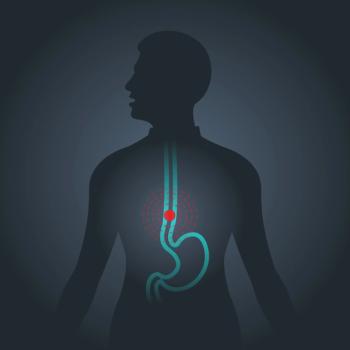
Miami Breast Cancer Conference® Abstracts Supplement
- 42nd Annual Miami Breast Cancer Conference® - Abstracts
- Volume 39
- Issue 4
- Pages: 56
74 Lessons Learned From a Breast Surgery ERAS Program in an Oncologic Ambulatory Center
Background/Significance
Enhanced Recovery After Surgery (ERAS) protocols have revolutionized surgical care, aiming to optimize patient outcomes and reduce recovery time. In the realm of breast surgery, ERAS implementation in an ambulatory setting presents unique challenges and opportunities. Key components of the ERAS protocol included multimodal pain management, early mobilization, postoperative nausea and vomiting (PONV) prophylaxis, and optimized fluid management. Several elements were updated over the years. This study aims to share our experiences and lessons learned from implementing an ERAS program for breast surgery in a high-volume ambulatory center.
Design and Methods
We retrospectively reviewed 8721 patients who underwent breast surgery between January 2016 and December 2023. The cases were performed with an ERAS protocol. We collected data on surgical volume, intraoperative and postoperative opioids measured in morphine milligram equivalents (MME), length of stay, PONV, and postoperative complications, which included transfers to main hospital and 30-day urgent care center visits.
Status
The volume increased 47% between 2016 and 2023. The implementation of the ERAS protocol resulted in significant reductions in intraoperative and postoperative opioid requirement (29% and 19%), PONV (41%), transfer (49%), 30-day urgent care center visits (43%), and 30-day readmissions (37%). There were no significant changes to length of stay.
The ERAS protocol implementation and improvement was associated with reduction in adverse outcomes despite substantial increase in the volume of cases. ERAS implementation in an ambulatory setting for breast surgery is feasible and can lead to substantial benefits for patients. However, challenges such as education, adherence to preoperative fasting guidelines, and managing unexpected complications remain. By addressing the unique challenges and tailoring the protocol to the ambulatory setting, optimal outcomes can be achieved. Future research should focus on further refining ERAS protocols and exploring innovative strategies to enhance patient outcomes.
Articles in this issue
Newsletter
Stay up to date on recent advances in the multidisciplinary approach to cancer.



















































































